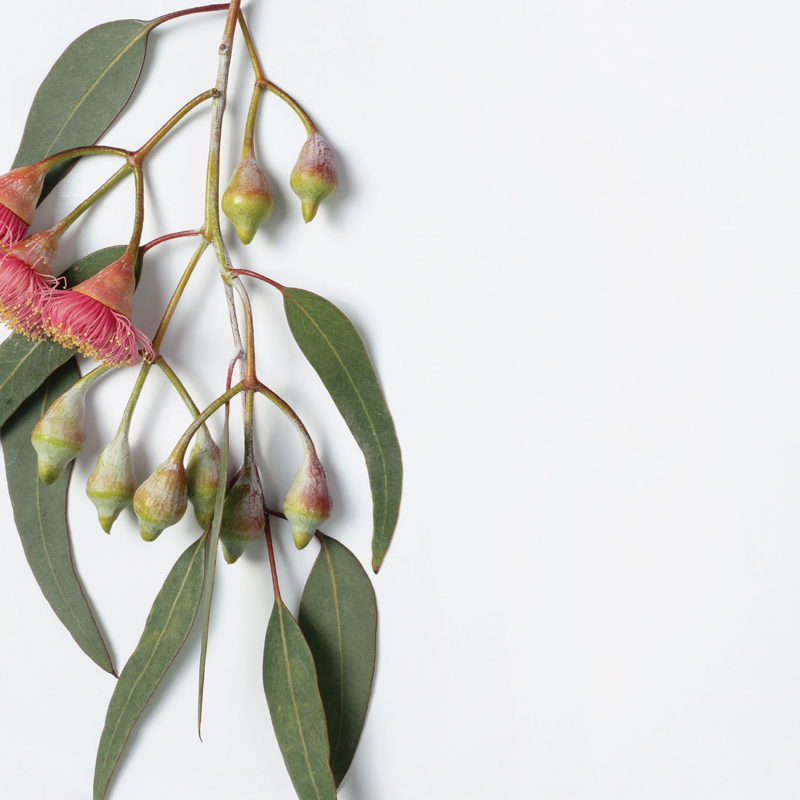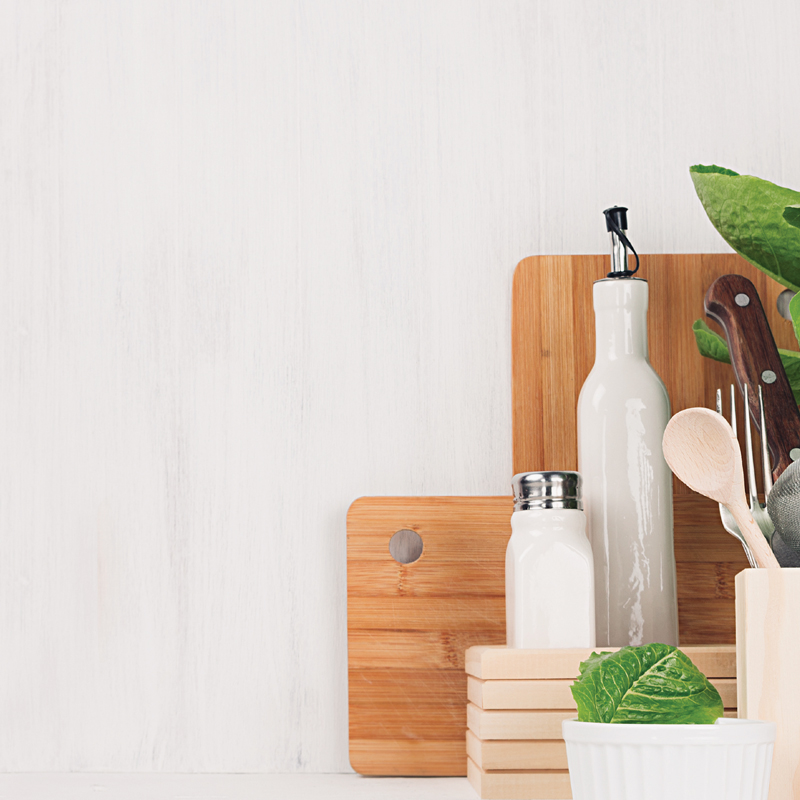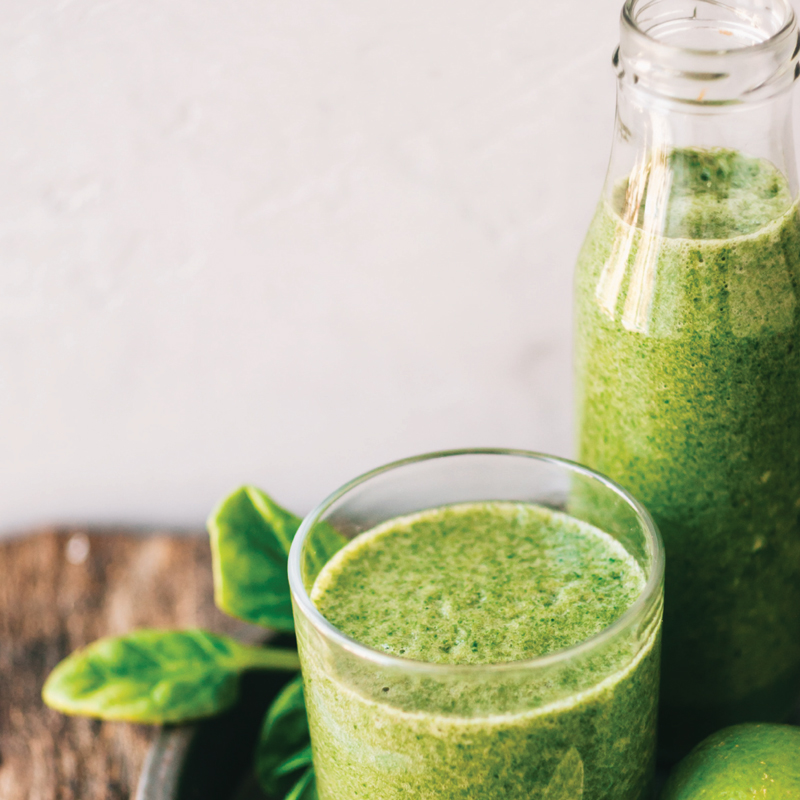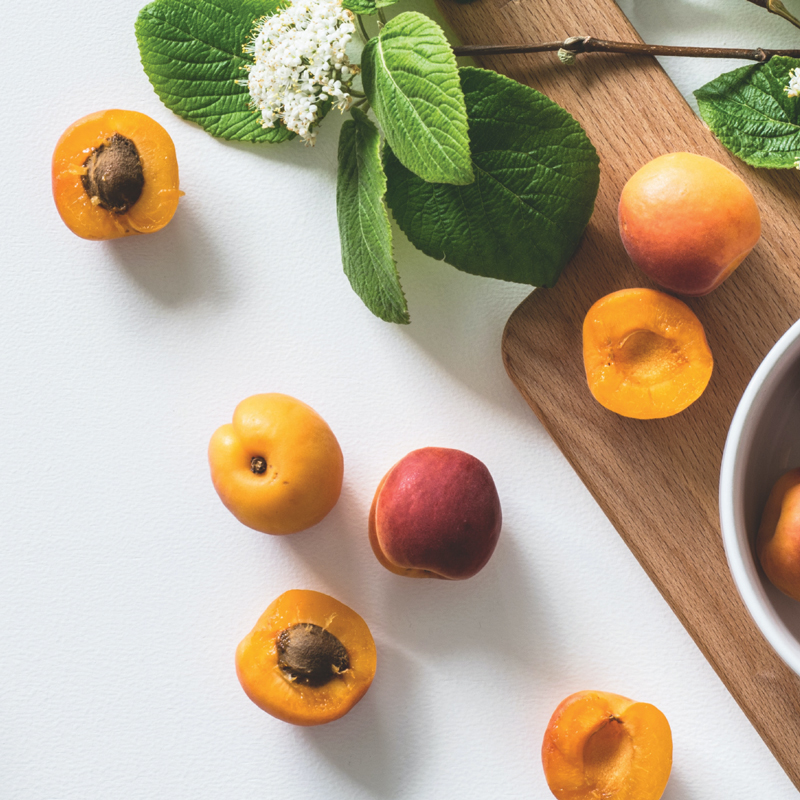
1. Fermenting General Information
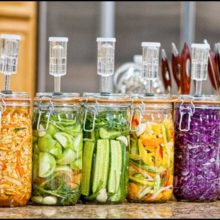
PART 1:
For thousands of years, people preserved their food using the process of lacto-fermentation. Unfortunately, whilst the art is not forgotten this process has mostly disappeared and is now largely relegated to commercial production.
Commercial sauerkraut is generally pasteurized and then packaged in a brine of extremely salty water. This kind of sauerkraut has none of the beneficial probiotics or enzymes of homemade sauerkraut. In other words, they are no longer ‘alive’, and the enzymes and beneficial bacteria have been destroyed. Also not just salt but often sugar and preservatives may be added. Yet another reason to start making your own!
The process of lactic acid fermentation used to transform salt and cabbage into sauerkraut happens when Lactobacilli, a good bacteria found naturally on vegetables, converts the starches and sugars of the vegetables into lactic acid, a natural preservative that inhibits the growth of harmful bacteria. Lacto-fermentation also partially digests the food, preserves the vitamins, particularly vitamin C and B vitamins, and food enzymes. Homemade sauerkraut is also extraordinarily rich in beneficial bacteria – friendly microorganisms which help to colonise the gut, boost the immune system and manufacture vitamins in the digestive tract.
The important thing is not to be intimidated by lacto-fermentation. You are not going to make yourself or your family sick by giving them fermented foods. Unless it smells unmistakably rotten, in which case you would definitely throw it away, fermented foods are some of the safest foods you can eat.
Sauerkraut is simply made. By chopping a cabbage, adding a small quantity of salt, and keeping it under the cover of a brine at a cool temperature, you are encouraging the bacteria naturally present within the vegetable to proliferate. Microorganisms such as lactic acid and other friendly bacteria and yeast begin to populate the cabbage.
The key to a successful fermentation is keeping your vegetables submerged completely under the brine so bad bacteria and moulds won’t grow in your ferment. Fermentation is an anaerobic process so doing this is an absolute necessity. If the fermented foods are exposed to air they run a very real risk of being contaminated by stray microbes, yeasts and moulds.
If scum appears floating in the brine of your homemade sauerkraut, simply spoon it off. You won’t be able to remove it all, but spoon off what you can. This scum is probably kahm yeast that can readily be found in cultured and fermented foods. It is not harmful. The real key to preparing homemade sauerkraut, and any fermented food, is that the solid materials rest below the liquid.
PART 2:
Kahm yeast is likely to develop if a fermentation solution is insufficiently acid, especially when you start it, or if there is not enough salt in the brine. Kahm can also develop if the culturing temperature is too warm, or if the brew is over-exposed to oxygen.
A colourful layer of lumpy or fuzzy material is most certainly mould. The most common reasons for mould are: culturing temperature is too warm, the vegetables are not fully submerged, there is not enough salt in the brine allowing bad microorganisms to proliferate, or too much salt was used, not allowing adequate lactic acid production. Other causes include bad organisms on vegetables before you culture them, or unclean equipment or covering cloths. Mouldy vegetables are unsafe, and should be discarded.
There are two methods of fermentation – open system or closed system. The open system is where the jar is not sealed but the vegetables are packed at the top with cabbage leaves or a weight and covered with a cloth and sealed with a rubber band. The closed system is where the jar is sealed with a lid not exposed to outside air with an airlock at the top. The air lock allows carbon dioxide to escape the fermenter but won’t allow air to get in, which prevents oxidation. This is the best way to ferment your vegetables as there is less chance of mould developing, you are ensuring you are controlling the oxygen and performing a truly anaerobic ferment.
Whatever method you use you will have to choose a fermenting vessel. You can use a clamp-down lidded jar, mason jar, a crock with a lid or just an ordinary jar with an air-lock.
While not absolutely necessary, using starter culture pretty much insures you that nothing will go wrong during the fermentation process, as it supplies a great deal of bacteria to support the process right from the start. I use a small amount of dairy free probiotic powder but there are available starter cultures just for this purpose such as Caldwells Starter Culture or Body Ecology Starter. Also you can use mature sauerkraut juice, kombucha, kefir or whey as starters. But again, these are not really necessary as all vegetables are pre-inoculated with native lactic acid bacteria adequate to initiate fermentation.
Bubbles: The lactic acid fermentation process produces lactic acid bacteria that create gases when they feast on the vegetables you are fermenting. These bubbles are often visible after a few days at room temperature and are a good sign.
Taste: Sauerkraut will have a pleasant sour taste but will not taste rotten. Remember you have the control to stop the process at any level of flavour that you want. Slightly sour to quite strong to “oh my god put that lid back on really quick” strong…you decide.
PART 3:
Why aren’t my vegetables crunchy? Salt! Vegetables without salt become soft and slimy. A benefit of salt is that it hardens the pectins in the vegetables leaving them crunchy and enhancing the flavour. Vegetables made with salt will stay crunchy. It is also very important to use a good unrefined salt such as celtic or himalayan which still contains a broad spectrum of minerals. Refined salt is highly refined; it is the product of a chemical and high temperature industrial process that removes all the valuable mineral salts as well as trace minerals. It is also contains anti-caking agents.
When sauerkraut hits its active peak, usually around day 3 depending on the temperature, it can heave, pushing up the cabbage and brine and can make quite a mess. I’ve had brine push up into the airlock and make a puddle around my jars. The reason sauerkraut does this is because the gases created during fermentation need to push their way up and out. When the veggies are packed together, it’s harder for the air to get out so it pushes the veggies up with it.
There is no way to really avoid this happening but there are things you can do to prevent a mess. Be sure to pack your jar no higher than the bottom of the shoulder. Don’t pack it less than that because too much air in the jar initially can lead to mould since it may take a while for the ferment to push all of that oxygen out. The more oxygen that reaches the vegetables, the greater the chances are for the development of scum and mould.
Sterilising: Cleanliness and hygiene are important but in my view it is unnecessary to sterilize your equipment. Using soap and hot water and rinsing well and also making sure benches are well cleaned is all that is needed.
Fermentation time: In warm weather fermentation will proceed faster than in cooler temperatures. The amount of salt will also influence the fermentation speed. The saltier the ferment the slower the fermentation. Generally, in about 3 days the vegetables have begun to be transformed. Taste some at this point. As the days and weeks pass, flavours meld, acidification increases and textures change. Taste your developing ferment at frequent intervals. Some people love the mild flavours and crunchy texture of the vegetables after just a few days. Others prefer the flavours of more mature, longer-aged versions. Populations of bacteria grow after vegetables are submerged, build to a peak, then decline at high levels of acidity.
Cultured vegetables can be stored in the fridge for many months, sometimes longer. They continue to ferment, but at a much slower rate.
* Cultured veggies are great to include in the diet if you have a candida problem, they will help to control and eliminate
This recipe has been kindly shared by Kate Williams from:
www.www.mullenhealth.com.au/practitioners/kate-williams

